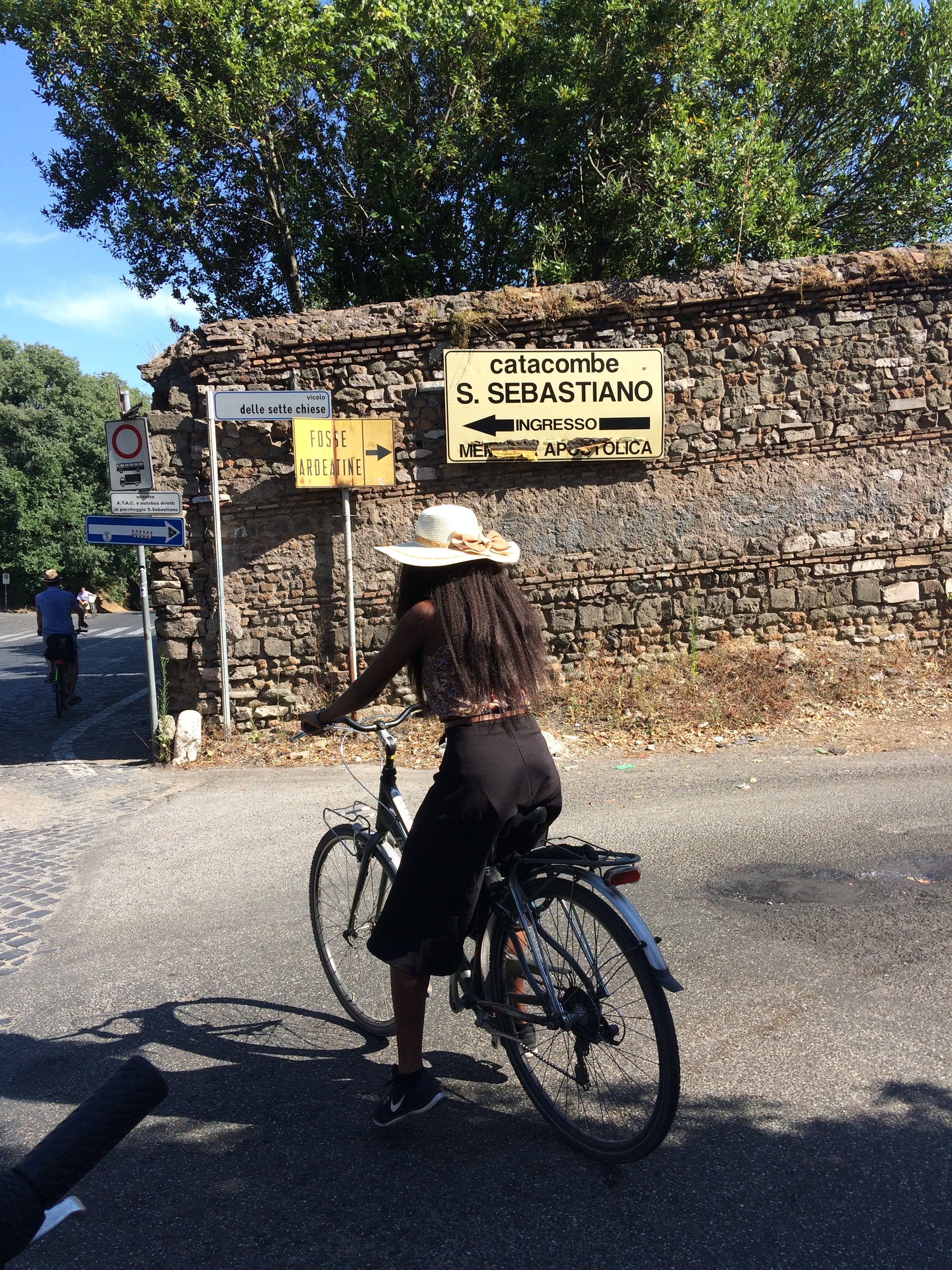
Demographic trends indicate that population increase will largely take place in developing countries. The United Nations population projections show that the world population of 7.2 billion in mid-2013 will increase by almost 1 billion people in the next 12 years (UNDESA, 2013). This will reach 8.1 billion by 2025, 9.6 billion by 2050 and 10.9 billion by 2100. The additional 3.7 billion people will live in developing countries. They will be distributed among the population aged 15 to 59 (1.6 billion) and 60 or over (1.99 billion) (UNDESA, 2013).
Currently, the total world population is made up of 45 % residing in rural areas and 55 % in urban areas (WorldBank, 2017). In low-income countries, this figure represents 68 % residing in rural areas and 32 % in urban areas. A large part of this consists of young people. The population of young people in the world today aged 15 to 29 is over 1.8 billion, 87 % of whom are living in developing countries (Commonwealth, 2016). In Africa and across Asia, there is a growing population of young people comprised of adolescent and young adults (Yeboah, 2018).
Nearly 1 million people turn 18 every month in India (Yeboah, 2018). The population of young people aged 12 to 24 living in Africa is expected to rise by 28 % in 2040, while the share of other regions is estimated to decline by a proportion of 17.6 % from 2010 to 13.5 % in 2050 (UNDESA, 2011). The regions of Asia and the Pacific is projected to have the steepest decline from 61 % in 2012 to 52 % in 2040 (UNDESA, 2011)
The position of rural youth as a distinct group varies across regions and is subject to change over time (FAO, 2010a). While in East Africa the percentage of rural youth in 2005 was 16 %, the figure for South America in the same year was 3.4 % (FAO, 2010a). In most regions the proportion of rural youth has declined since 1950 and an even greater decline is anticipated for the future (IFAD, 2014e). Although the proportion of rural youth is decreasing, in terms of absolute numbers it will keep increasing until the mid-century (IFAD, 2014e). These demographic trends highlight that youth will continue to constitute a high proportion of the rural population.

